How to travel to Haiti (2024)
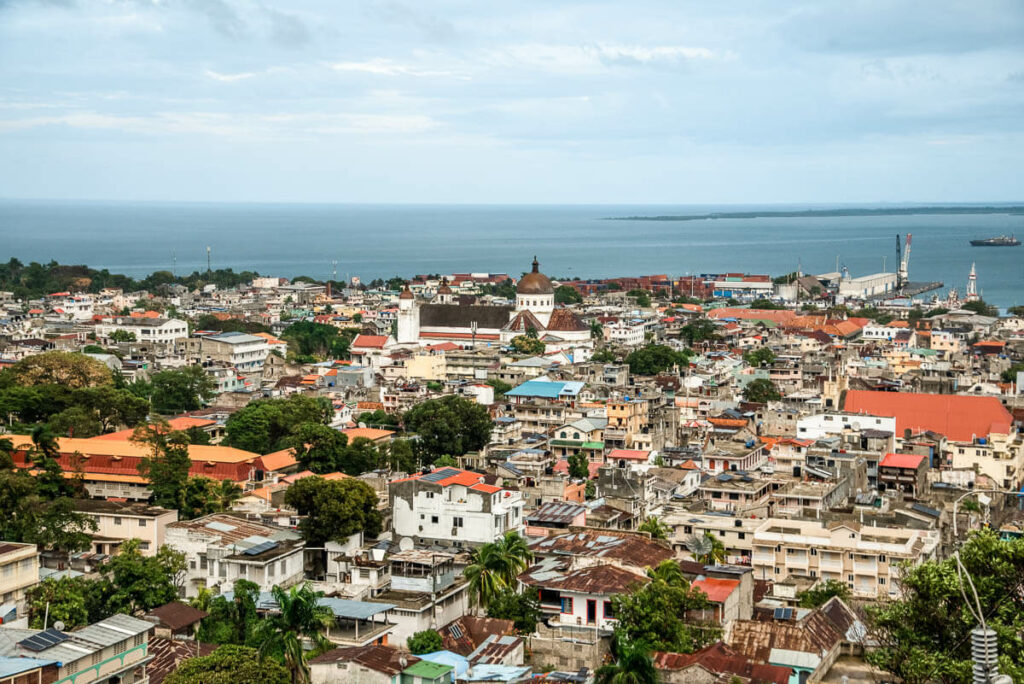
I traveled independently through Haiti for 10 days, from Cap-Haïtien to Port-au-Prince and a few places in between, always using local transportation or hitchhiking, as well as a short domestic flight.
It was a fantastic trip, and I recommend visiting Haiti to anyone looking for an unrivalled offbeat adventure in the Americas.
This updated and comprehensive travel guide to Haiti will show you everything you need to know on safety, top experiences, getting there and more.

In this Haiti travel guide, you will find
our recommended travel insurance for Haiti
IATI Insurance is one of the very few that covers travel in Haiti.
😍 Why travel to Haiti?
Haiti is a Caribbean country that occupies one third of La Española (Hispaniola), an island it shares with the Dominican Republic.
Everyone knows about Dominican Republic and its dreamy beaches, yet few have heard about traveling in Haiti.
The first thing you need to know is that Haiti was the first country to ever be liberated by slaves, in 1803.
At that time, Haiti was ruled by the French, who had spent the previous decades importing hundreds of slaves from West Africa – mainly from Mali and Benin – to work on their sugar plantations.
The peculiarity about Haiti is that when it achieved its independence, many of those slaves had been born in Africa but became Caribbean overnight, and this is the number one reason for visiting Haiti: a purely Caribbean country that still keeps its African culture, traditions and essence.
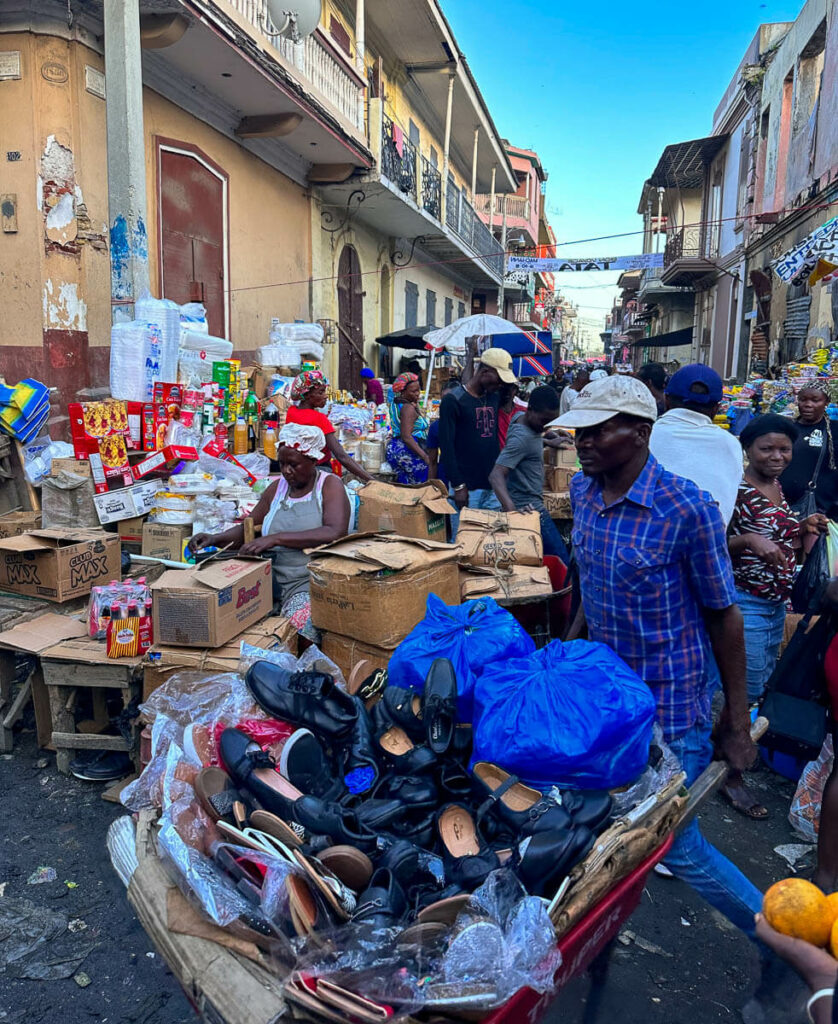
Traveling in Haiti truly feels like traveling in West Africa, with all that default chaos intrepid travelers feel attracted to, but also in terms of their art, music and religion.
Add to this the world-class Caribbean beaches and landscapes, and the result is, perhaps, the most gorgeous and fascinating off-the-beaten-track destination in the American continent.
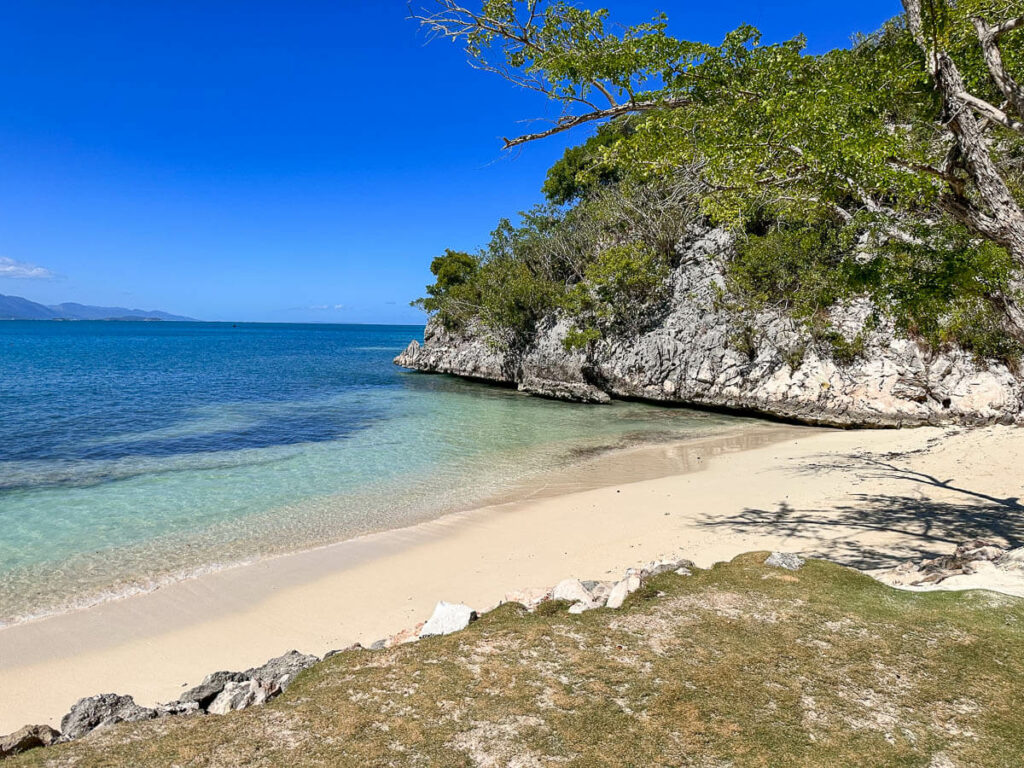
The problems with cruising in Haiti
Not many people travel to Haiti, but the majority of those that do make it there tend to do so on one of those massive cruise ships sailing across the Caribbean, hopping on and off at the major resorts on the main islands.
In Haiti, near Cap-Haïtien, there’s one place in the area of Labadee where cruise ships stop. Anyone not on a cruise – and that includes foreigners too – is banned from entering that tourist bubble, while those on the cruise ships are told that everywhere outside of the bubble is extremely dangerous, meaning you won’t see any of them in the surrounding areas.
I have often wondered whether those cruise tourists even know they’re in a country named Haiti.
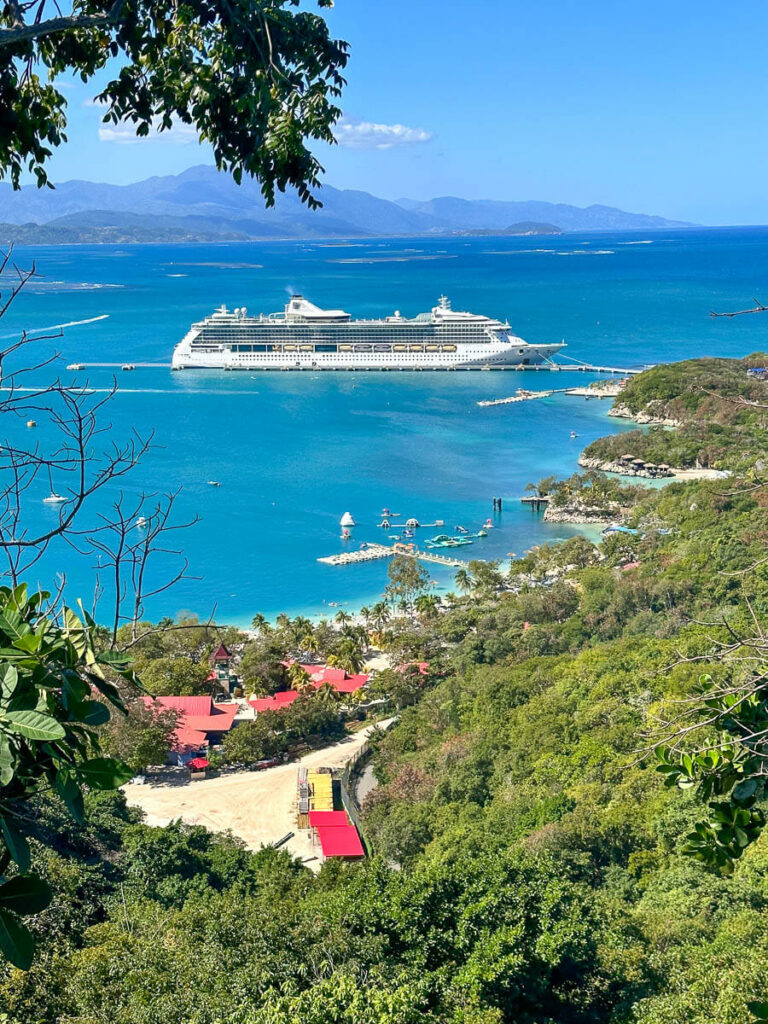
🇭🇹 Visiting Haiti: what’s the current situation
Economically-speaking, Haiti has always struggled, but today it is also experiencing some pretty dark periods of extreme violence.
When I first visited Haiti in January 2023, the country was on the front pages and in the headlines of all reputable international newspapers.

But what had happened?
Well, Haiti had been going through an episode of real anarchy ever since Haitian President Jovenel Moïse was murdered in 2021.
Since then, various different gangs had taken the streets of Port-au-Prince, the capital of Haiti, with violence escalating to unprecedented levels.
Kidnappings, murders and street shootings happen every single day, in a conflict that has already created more than 200,000 internally displaced people.
At the time of writing, the travel situation in Haiti basically remains the same and such is the gravity that many governments are already referring to Haiti as a failed state – a pretty harsh term typically used for countries like Yemen or Libya – while asking for foreign intervention as well.
The earthquake from 2010
In 2010, a 7.0 earthquake shook the capital of Haiti for 35 seconds, killing thousands of people and leaving 1/3 of Port-au-Prince’s population completely homeless. By that time, Haiti was already one of the poorest countries in the world, so you can imagine how devastating this natural disaster was for Haitians. In fact, they say that the country has never recovered from it and, what with all its current social and political issues, the result is one of the most fragile countries on the planet.
⚠️ Is it safe to travel to Haiti right now?
Let me put things into perspective.
I have backpacked solo in Afghanistan, Iraq, Syria, and Somaliland, just to name a few.
I rarely worry when traveling in these areas, mainly because I have a lot of contacts in these countries, but also because I have solid experience of traveling in such regions.
My visit to Haiti, however, was a different story:
- It was my first time traveling in the Caribbean
- I didn’t have any contacts
- All I knew about Haiti was what I had seen in the news
- I didn’t know of any travelers who had visited Haiti during these anarchic times
Additionally, the FCDO travel advice for Haiti wasn’t very positive either, firmly advising against all travel to Haiti due to the volatile security situation.

I had all the odds against me, but that made me feel particularly excited; plus if there’s one thing I’ve learnt during my travels, it is that things on the ground look very different from what you see in the news.
Yes, that extreme violence is actually happening but the truth is that this conflict is exclusively focused on Port-au-Prince.
In fact, it’s focused on certain areas of Port-au-Prince: the areas controlled by the different gangs.
Is Cap-Haïtien safe?
Outside of those areas, Haiti is OK to travel, especially in Cap-Haïtien and its surroundings.
Things I did around Cap-Haïtien:
- Hitchhiking around the area
- Walking through a slum on my way (on foot) to Labadee
- Walking around in the dark, in the middle of the night
All I can say is that this part of Haiti was extremely peaceful.
Is Port-au-Prince safe?
Port-au-Prince, however, is a different story. You can still travel there though, as long as you have the right contacts and stay in the right area, e.g., in Pétionville.
In Pétionville, you can still wander and walk around alone at night, no problem.
As for the dangerous parts of Port-au-Prince, I did venture downtown and even to Cité de Soleil, the largest and poorest slum in the Americas – and one of the main violence hubs in the city.
Nevertheless, I went there with a local fixer who is specialized in taking journalists into conflict areas.
That man knew what he was doing, plus he was a personal, old acquaintance of the gangs.
Nevertheless, heading into that area of Port-au-Prince doesn’t come without risk, especially from direct bullets, but that’s a risk travelers choose to assume. Definitely not an adventure for everyone.
Important: I won’t be sharing the fixer’s contact details, so don’t bother asking me for them. As mentioned, this activity is not without risk and if travelers start venturing into such areas, someone will eventually get shot and I don’t want to be part of that.

🪪 How to get a visa for Haiti
You don’t need a visa to visit Haiti, instead you just get a free stamp on arrival in the country.
This rule applies to both airport and land borders.

🚑 Travel Insurance for Haiti
Get travel insurance for travel in Haiti.
Reason why I recommend IATI:
- Many different plans for all types of travelers
- Avaiability of low, basic plans
- Covers senior citizens too
- Readers of this blog can get an exclusive 5% discount.
⛅ When to travel to Haiti
Traveling in Haiti is highly seasonal.
Best season to travel to Haiti
The best time to travel in Haiti is between November and March – that’s the dry season.
In February, you might catch the world-famous Carnival of Jacmel but you’ll have to be lucky, since the carnival is locally organized and dates always change, although it tends to always be celebrated between the end of February and beginning of March.
Worst season to travel in Haiti
The worst time to visit Haiti is from August to October, which is the rainy season, with potential hurricanes.
🛖 Top 5 Experiences in Haiti
1 – Hiking up to Citadelle Laferrière
This is one of the best forts I have ever seen, and the views from there are gorgeous.
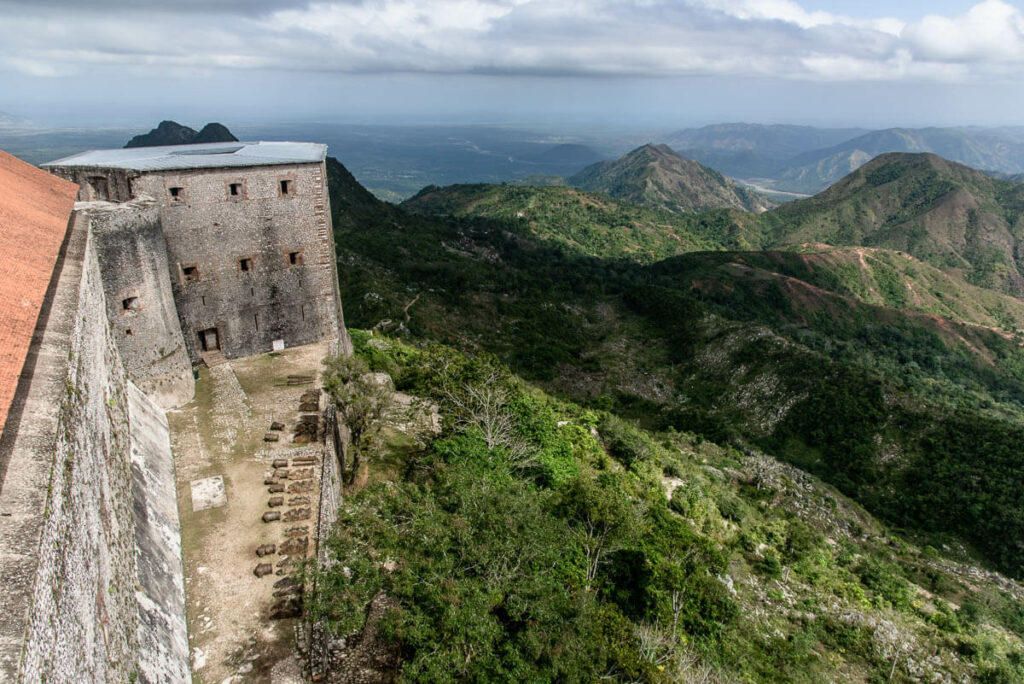
2 – Backpacking independently
No other country in the Americas feels as raw, chaotic and authentic.
Traveling in Haiti doesn’t differ much from the rough backpacking you can do in Mali or Benin.
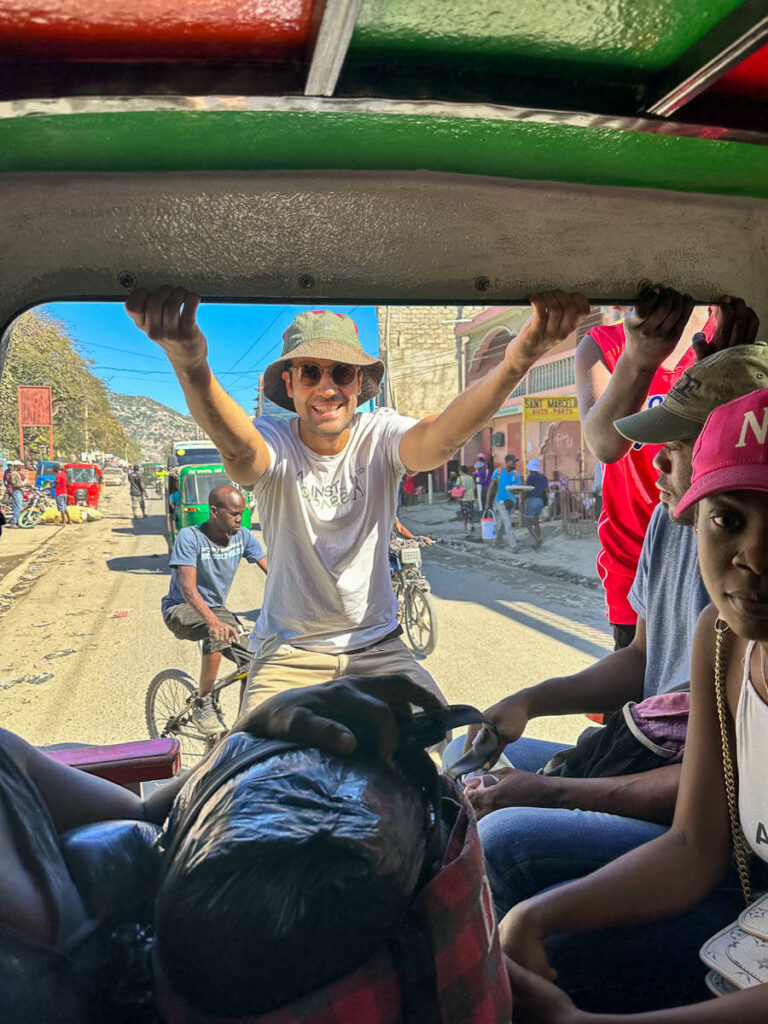
3 – Attending a voodoo ceremony
Voodoo ceremonies, a clear West African heritage, are performed every week.
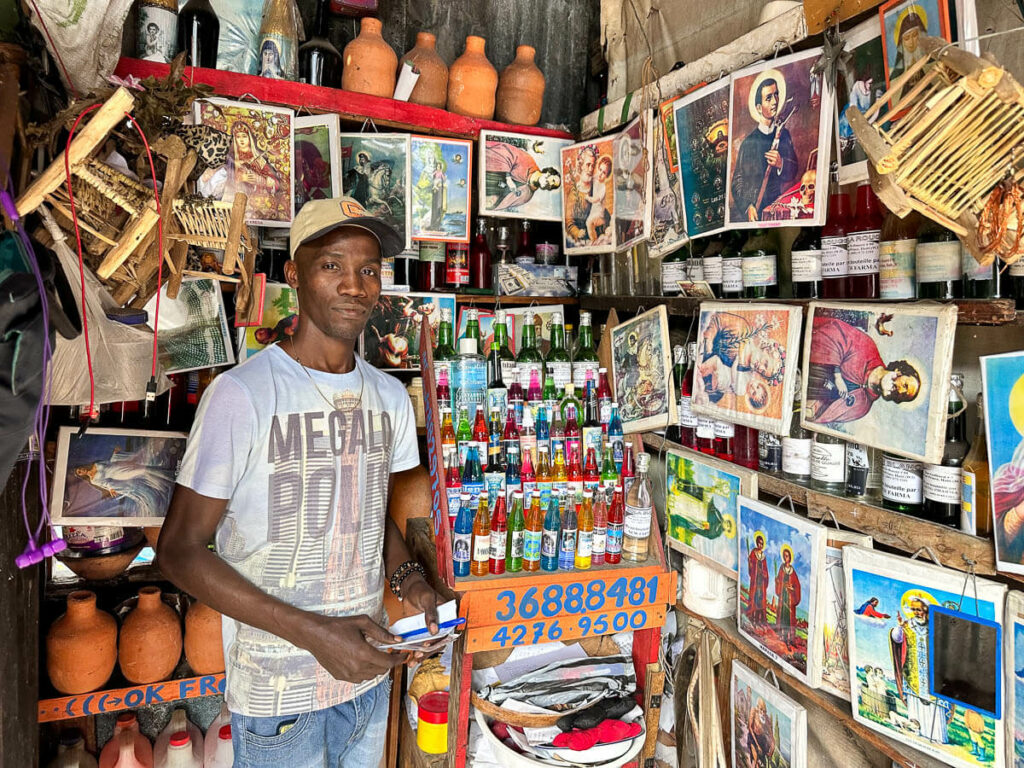
4 – The art scene in Pétionville
There’s a lot going on in Port-au-Prince, and the art scene in the refined district of Pétionville is a must-see.

5 – The coast around Labadee
Haiti has the most beautiful coastline on the island, and Labadee has the cleanest shores and water.

🛫 How to get to Haiti
How to travel to Haiti by air
The easiest way to fly to Port-a-Prince is from Miami (MIA) or Fort Lauderdale (FLL), and also New York City (JFK).
Which airlines fly to Haiti?
Jet Blue Airways and American Airlines have daily flights into Port-au-Prince.
How to get to Haiti from Dominican Republic – By land, best choice
I personally believe that traveling to Haiti from Dominican Republic is a much better option, for 3 reasons:
- Flights to Santo Domingo or Punta Cana are much cheaper, plus there are endless connections to many cities around the world.
- If you haven’t visited Dominican Republic before, you can combine both countries in one single trip.
- Traveling in Haiti is actually pretty rough so after a few days of tough backpacking, traveling in Dominican Republic can be a very pleasant and rewarding experience.
To reach Haiti from Dominican Republic, you can take one of the daily buses connecting Santo Domingo with either Port au Prince or Cap-Haïtien.
The company running such trips is called Caribe Tours, and it departs from this terminal.
I strongly recommend going to the terminal at least 1 day in advance to book your tickets, since the tickets commonly sell out.
The bus departs between 7am and 8:30am but do confirm the departure time upon booking your tickets.
A one-way ticket costs around 30-35 USD.
Additionally, you will have to pay 37 USD for exit/border fees. This amount is usually paid before boarding the bus, not when booking your ticket.


The whole ride from Santo Domingo to either Cap-Haïtien or Port-au-Prince can take from 8 to 12 hours. The bus has unreliable Wi-Fi, and they provide a truly awful, meat-based meal on board.
The border crossing is pretty chaotic, but there will be an attendant on the bus to assist you with all the procedures.
My experience entering and exiting Haiti
I took the bus from Santo Domingo to Cap-Haïtien but on the way back, I traveled from Port au Prince independently, meaning that instead of taking a direct bus, I took different minibuses and tap-taps to the border, then crossed on foot into Dominican Republic. Once in Dominican Republic, you can find transportation to several other cities. This is a slower but more adventurous option, perfect for those wanting to explore beyond the main cities. If going to Cap-Haïtien, you cross at Dajabon. If going to Port-au-Prince, you cross at Comendador.
🛺 How to travel around Haiti
Moving around Haiti by tap tap
The official, local transportation is the tap-tap, an ornately decorated pick-up truck that won’t leave until full of passengers, who can get off at any point during the ride.
Traveling in Haiti by tap tap is ridiculously cheap, and you can use them to get to nearby sights and villages.
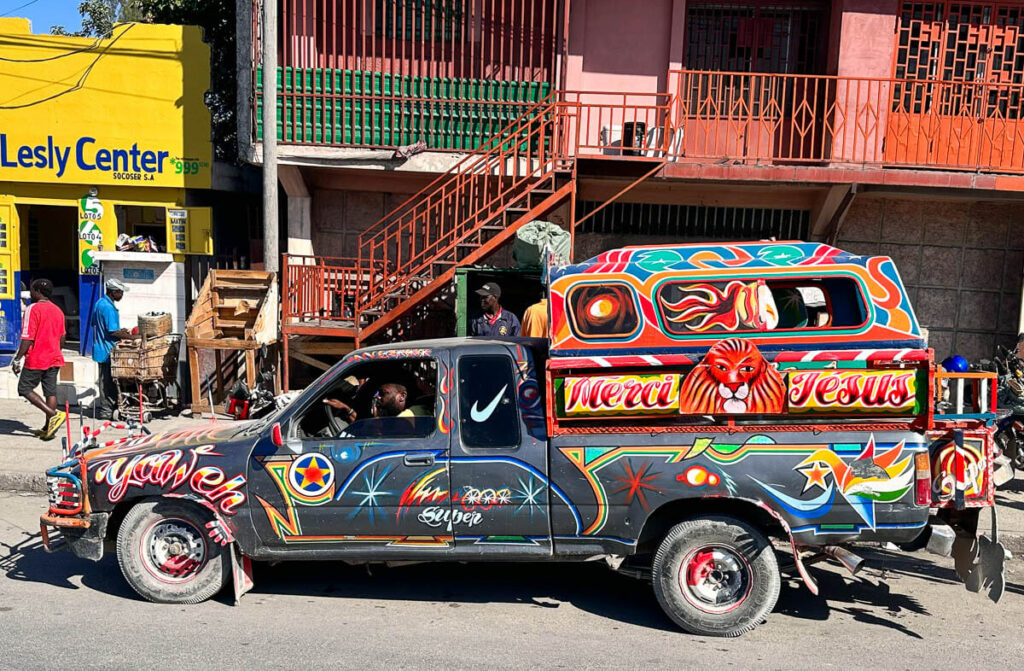
Travel around Haiti by minibus
For longer distances, Haitians travel by minibus.
Traveling around Haiti by air
Haiti is a tiny country but small domestic planes run between major cities.
The local airline is Sunrise Airways.
I did take a 25-minute flight from Cap-Haïtien to Port-au-Prince and the reason was that everyone in Cap-Haïtien told me it wasn’t possible to travel there by bus, claiming that the road section close to Port-au-Prince was overrun by gangs.
Upon arrival at the capital, I discovered that this wasn’t true and that buses were simply taking a different, longer route, so for the return journey I did take the bus.
In any case, taking a Sunrise Airways flight was a lot of fun, since they use those small, 20-seat planes where there’s no door between the passengers and the pilots.
Moreover, Cap-Haïtien airport was so small that you could literally get to the airport 15 minutes before departure and still make it on time to catch your flight.
A one-way ticket from Cap Haïtien to Port-au-Prince cost me 125 USD.
💰 Money and budget when traveling in Haiti
In Haiti, they use the Haitian Gourde and, approximately:
1 USD = 135 HTG
Exchanging money in Haiti
Certain banks do exchange currency but I exchanged mine at the hotel in Cap-Haïtien, Habitation des Lauriers.
They prefer US dollars but I believe Euros can be exchanged too.
Card payment and ATMs in Haiti
Unlike countries such as Syria or Iran, Haiti is not a country under sanctions, so you can easily withdraw money from certain ATMs and even pay your hotel by card.
For the rest, Haiti is pretty much a cash economy.
How much does it cost to travel in Haiti?
Haiti is actually quite expensive, much more than Dominican Republic.
How much does accommodation cost in Haiti?
Accommodation isn’t great in Haiti and you can expect to pay a minimum of 50 to 70 USD for a basic room.
Rooms are basic but the hotels are relatively decent, meaning that they provide services, speak English and are used to dealing with foreigners.
However, you might be paying 60 USD for a very basic room with no AC and where water and electricity issues are common.
I heard that some travelers were staying in hotels cheaper than that, where local Haitians stay, but expect their facilities to be beyond basic.
How much does food cost in Haiti?
Food in Haiti can be pretty expensive too.
A meal in a restaurant will cost around 10 USD, and up to 20 USD in fancier restaurants.
Local street food is obviously much, much cheaper – maybe 1 USD for a meal – but it’s not great.
How much does transportation cost in Haiti?
Local transportation is particularly cheap, like you can expect in any country of this kind.
A tap tap ride will rarely exceed more than 50 cents and a minibus between cities will cost a couple of USD.
Backpacking budget for Haiti
From 85USD a day
How to deal with extreme poverty when visiting Haiti
Haiti is the poorest country in the American continent and within the 25 poorest nations in the world, according to all rankings.
The extreme poverty and lack of proper infrastructure can be seen everywhere in Haiti, including in areas of Port-au-Prince which are supposed to be good.
There are absolutely humungous piles of burning trash at every corner, no electricity at night and so many people looking poor and miserable.
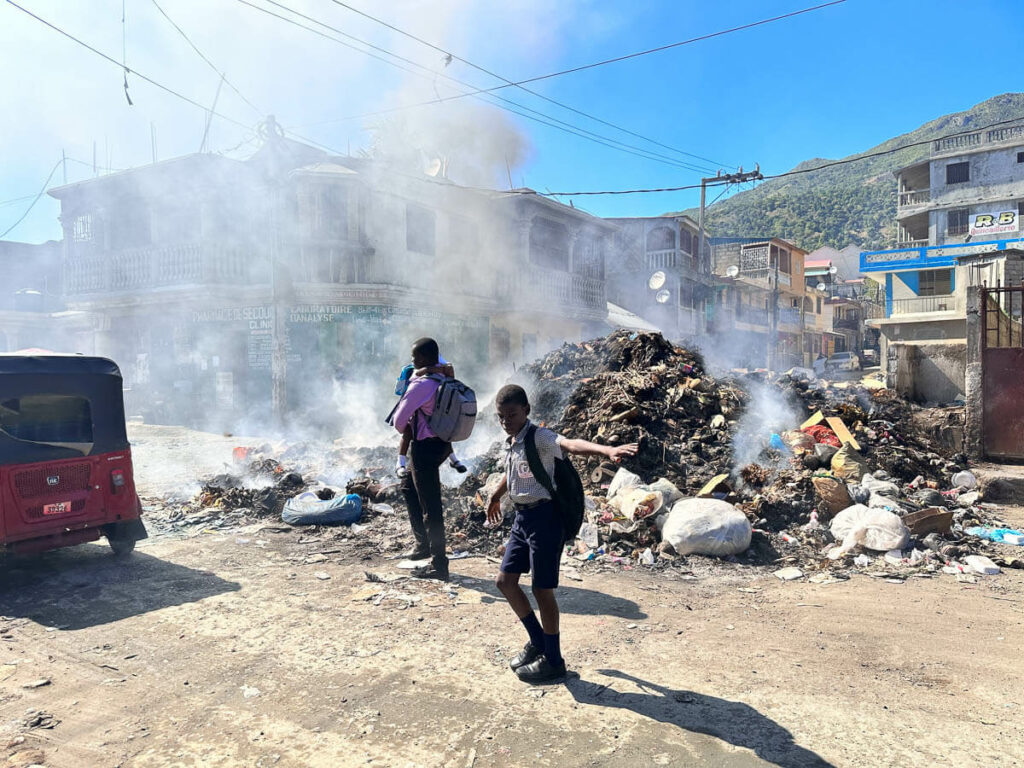
Foreign travelers stand out a lot, so do expect to be stared at by everyone.
As with all the countries I have been to, most people you meet in Haiti are nice and pleasant, but I also found some beggars to be particularly intense and aggressive, so be mentally prepared to handle such situations.
Getting ripped-off when traveling in Haiti
Getting ripped-off isn’t the general norm but once in a while, some people may try to overcharge you.
This happened to me several times when taking a tap tap, and in local bars too. A bottle of Prestige – the Haitian beer – should never be more than 1 USD in a bar of that kind, but I often paid almost 3 USD. Entirely my fault for not asking their price first.
Haiti: people and religion
Today, Haiti is a Caribbean country where the vast majority of people are descendants of former black African slaves.
Note that the Taíno were the indigenous people to the island but Columbus and his Spanish crew exterminated them in a matter of years.
Some former French colonists also left their descendants by having children with their slaves, leading to lighter-skinned Haitians called mulattos. Nowadays, mulattos form the majority of Haiti’s elite, political and economic class.
The few other Haitians are mainly of Arab descent, from Lebanon and Syria, and you might see them hanging out in the wealthiest areas of Port-au-Prince.
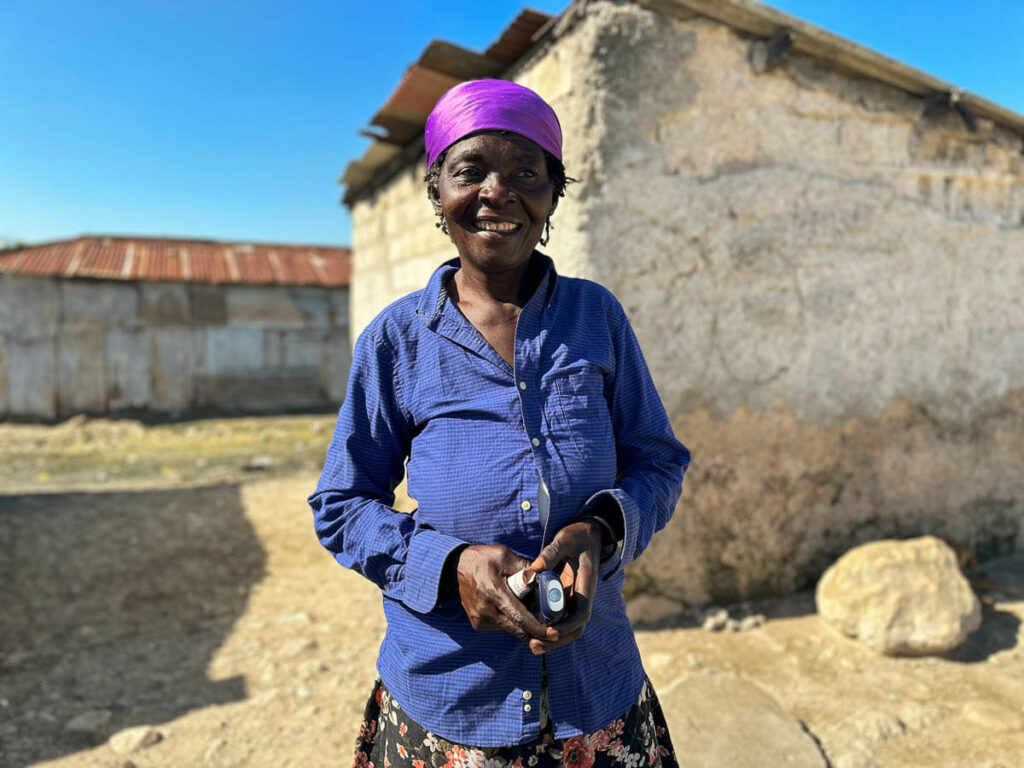
Religion in Haiti
Haiti is a very religious country and such is the influence of their West African ancestors that Vodou is recognised as the official religion of the state, along with Catholicism.
Churches are always packed on Sunday but Haitian Vodou also plays a significant role and attending a ceremony is one of the highlights of backpacking in Haiti. However you will need to be lucky to catch one.
Unfortunately, I wasn’t able to attend one but I did visit a Vodou temple, a workshop where they sold Vodou-related artifacts and also a market.
Haitian Vodou revolves around spirits known as Iwa and here you can read more about it.
These 2 pieces of Vodou art can be found in Atis Rezistans, a workshop that creates art out of garbage. This was one of the most interesting places I visited during my trip to Haiti.
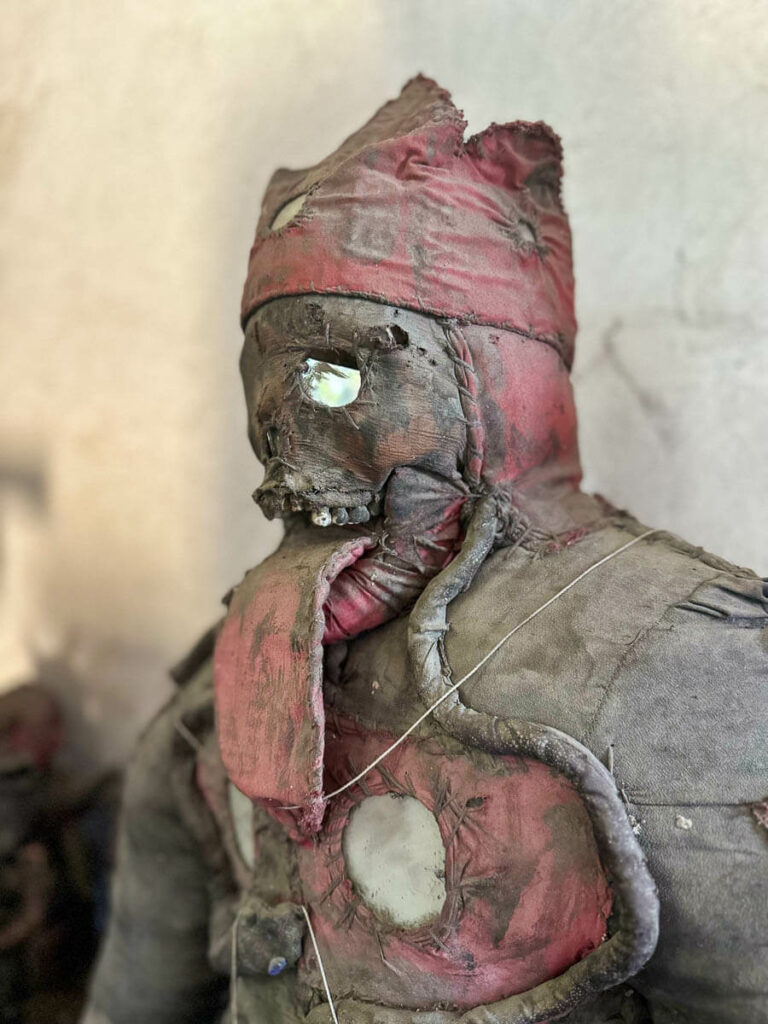

📸 Taking photos of people when traveling in Haiti
I think Haitians are the most camera-shy people I have ever met on my travels.
They are so shy that you might even be yelled at for just taking a picture of a street, without pointing your camera at anyone’s face in particular.
They just don’t like it so when wandering around markets, for example, always ask for permission – but believe me when I say you’ll rarely be granted it unless you’ve been interacting with them prior to asking.
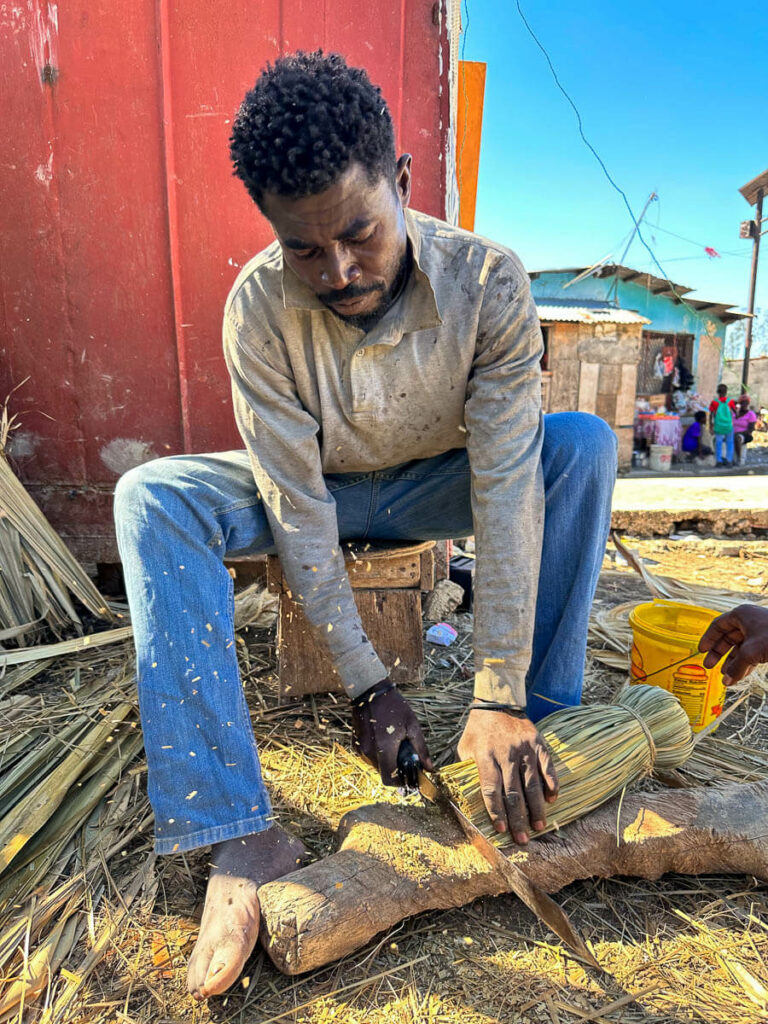
💬 Language in Haiti
Both Creole and French are the official languages in Haiti.
French is the language used by the Administration and Haiti’s elite.
Creole is used by everyone else, and it’s a peculiar mix of French, Spanish, English and even Taíno, they claim.
However, French-speaking people won’t be able to understand Creole, and typically, lower-educated people don’t speak French either.
English is also rarely spoken in the streets.
🍲 Haitian cuisine
I will never be a fan of Caribbean food.
I find it bland and boring, but it can be eaten.
Typically, all restaurants will serve a portion of protein alongside fried plantain and rice mixed with black beans.
Protein can be anything from grilled fish (pwason poukannen) to pork (griot), chicken and even lobster, if you go to the right places.
Except for just one or two days, I ate combinations of the above at absolutely every meal.

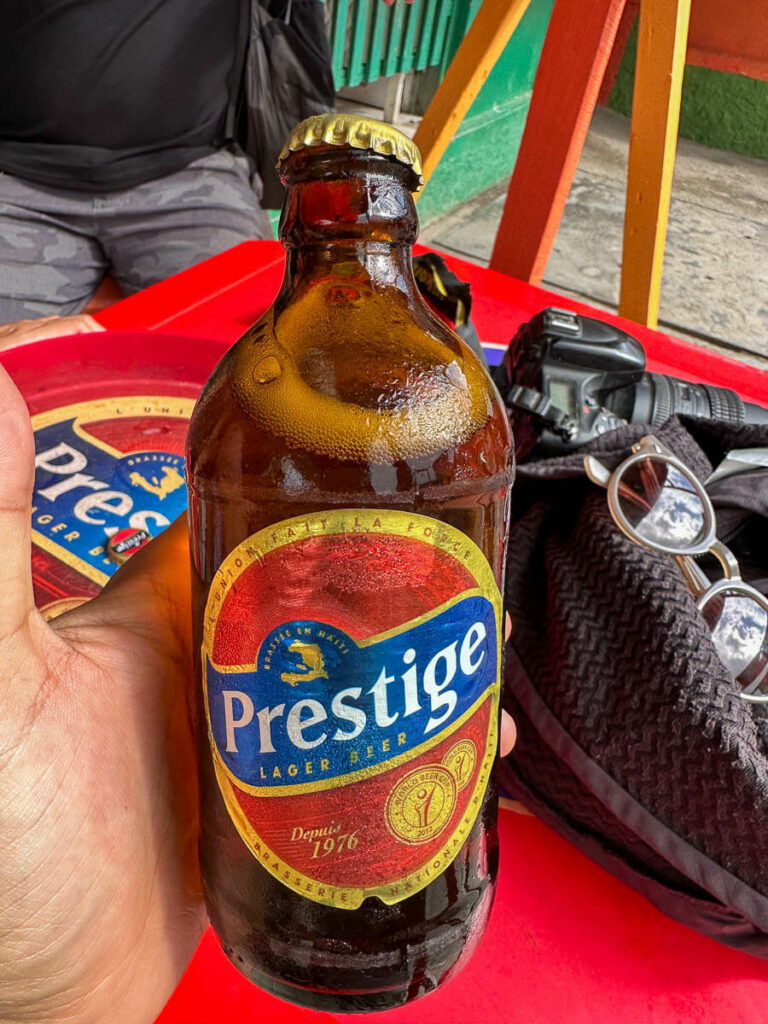
🍻 Alcohol in Haiti
The national beer is called Prestige. They sell it everywhere and Haitians drink it at any time of day.
Haitians are also very proud of their locally produced rum, the best brand being Barbancourt.
💻 Internet in Haiti
Generally-speaking, Wi-Fi is pretty awful across Haiti, so I strongly recommend getting a SIM card, which works relatively well.
eSIM for browsing, calling and traveling in Haiti
Basically, an eSIM is a regular SIM card with a digital format that works like a normal physical SIM card, with the added benefit that you can buy it from home before the beginning of your trip, hence avoiding the hassle of buying it at your destination.
With Holafly, you can get a SIM Card for a wide range of destinations, including Haiti.
Moreover, you can benefit from a 5% discount with the following code: AGAINSTTHECOMPASS
Get a VPN for traveling in Haiti
You should always use a VPN when you travel, especially when you connect to public Wi-Fi networks.
Your connection will be much safer.
Moreover, you will be able to access content which is typically censored in Kazakhstan.
I recommend ExpressVPN – Extremely easy to use, fast and cheap.
If you want to learn more about VPN, check: Why you need a VPN for traveling.
❗ More information
📢 In my Travel Resources Page you can find the list of all the sites and services I use to book hotels, tours, travel insurance and more.
All guides and articles for traveling in Haiti destination
Check travel tips to the following offbeat countries:
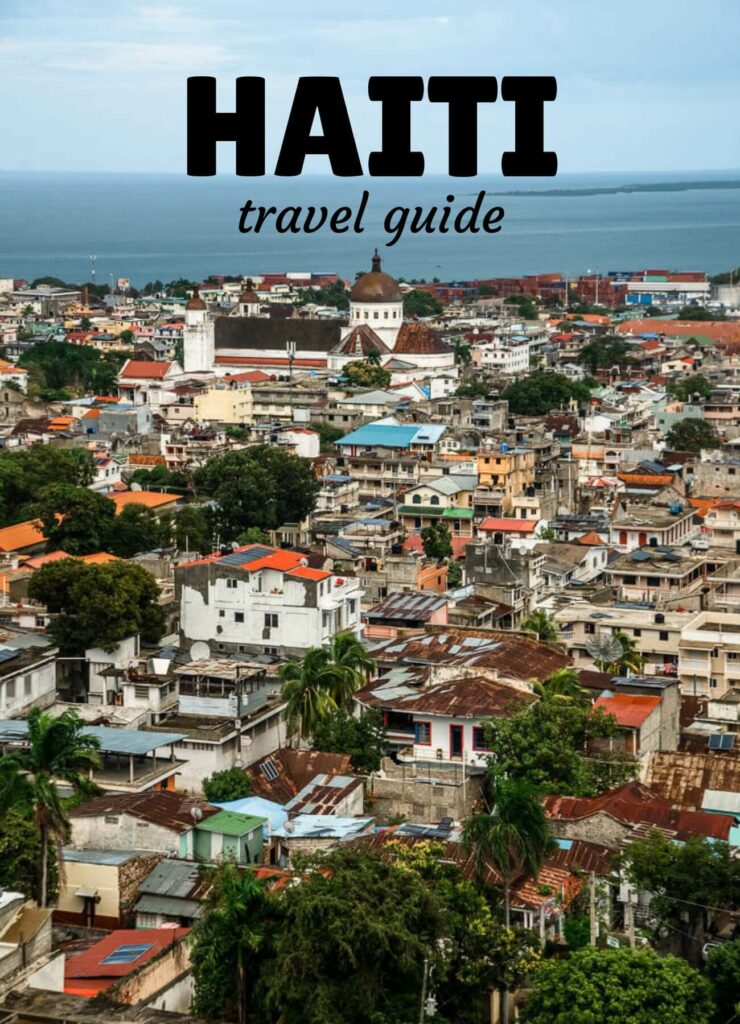
10 comments
Wow! Thank you for this comprehensive guide. I am travelling From London to Haiti in December ’23, and I plan to stay for a month. The plan is to fly direct from Heathrow to the Dominican Republic and take another flight from there to Cap Haitian. It’s quite expensive as altogether the cost of flight alone is nearly £2000.00. After that, I have to pay for Hotels and from what I am reading from your write-up, for one month stay, the cost will go through the roof. I set. aside a budget of £5000.00 so I hope the is enough because anything more than that and I will be forced to cancel my trip.
Hi Henry! I think you can save a lot by taking the bus from Santo Domingo to Cap Haitien
Thank you so much for the swift response. The airline costs are not a problem so I don’t mind flying from the Dominican Republic to Cap Haitian. What I am worried about is the price of accommodation which you said is somewhere around $60 per day for a basic room? This means a Hotel (which is where I plan to stay) will cost 3x as much per day. This is my main concern.
Do you know of any good but cheap Hotels to recommend?
Utter stupidity to do all this
This is a really informative guide, and I’m glad that some parts are relatively safe. One thing I will say however is, don’t completely write off Caribbean food. That is a pretty bold claim considering this was your first time in the region and there are countless other Caribbean countries with different cuisines and cooking methods. I implore you to try them all, including the non-islands like Belize, Guyana, and Suriname. Keep up the great work!
Thanks Neron, I’ll give it another try one day!
Thanks for your up-to-date information regarding Cap-Haitien to Santo Domingo by Calibre Tour bus. I will be travelling these cities in April 2024, but up until now, had trouble obtaining reliable information for bus travel.
Amazing, let us know how it goes!
I notice pretty affordable car hire in CAP, which I figured may be a good way to see the surrounds, such as Citadelle Laferrière. Is it safe (& necessary) to drive a rental car?
Whilst I understand that ATM are available, would you recommend taking along sufficient amounts of USD? I plan to book accomodation (& car if required) online, which I expect to make payment up-front. Thanks again.
Hi, it should be safe to rent a car around CAP but not strictly necessary. I traveled all around and didn’t hire any.
You can withdraw money from ATMs, doesn’t matter whether you take sufficient USD or not, up to you.